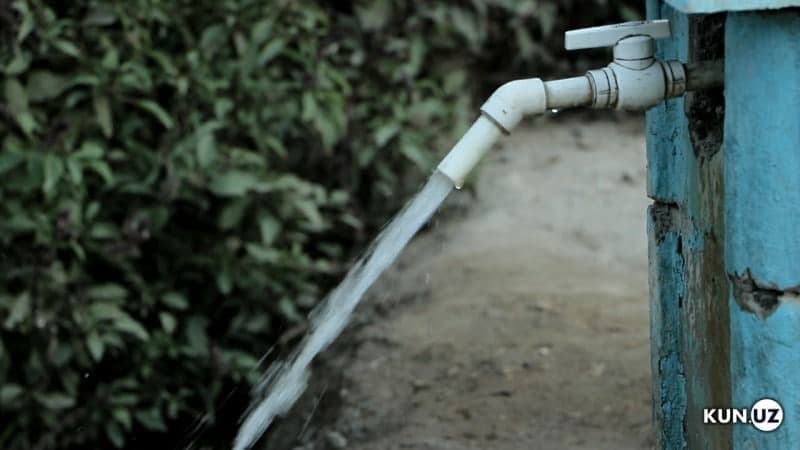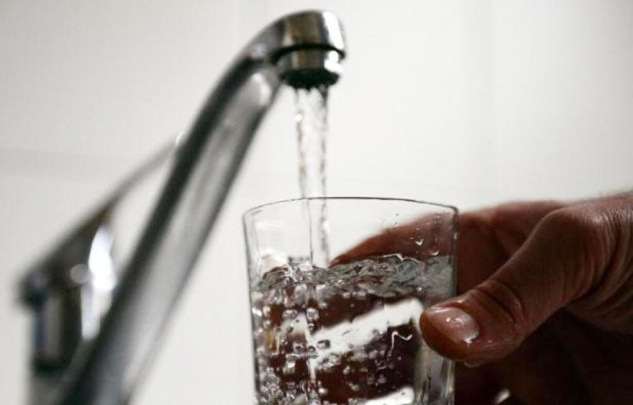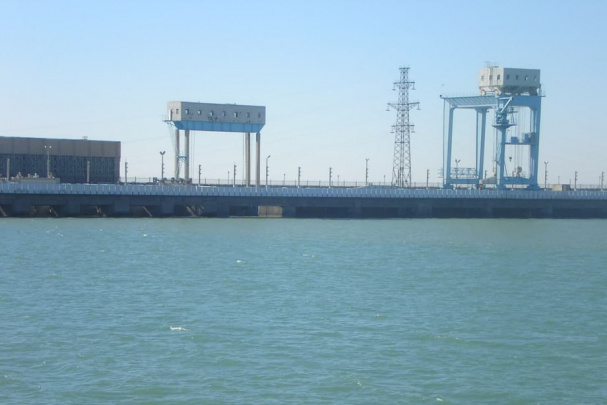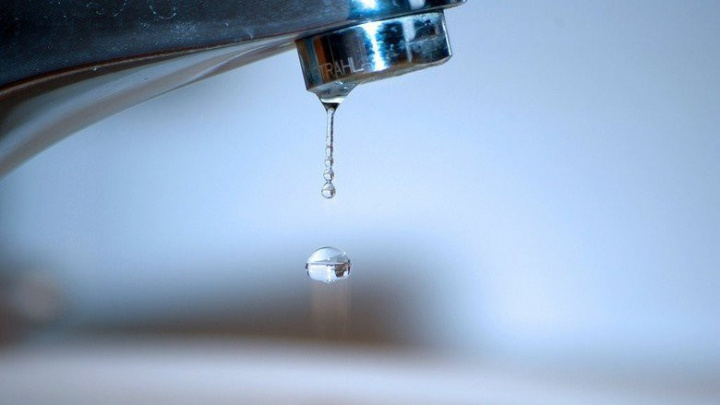Survey: Water shortages in Uzbekistan will increase fivefold by 2050
By 2050, the current water shortage in Uzbekistan will increase fivefold. This was announced by the chief specialist of JSC Uzsuvtaminot Anvar Muhammadaliev.

Photo: Kun.uz
It was noted that during two months, the republican working group studied the use of groundwater in the regions, the negative impact of sand and gravel excavations in rivers on groundwater.
The Chirchik River, which flows through the Tashkent region, constantly replenishes the Chirchik underground freshwater deposit. 3 out of 5 underground drinking water intake facilities (Kibray, VU-1, Niyazbosh) are located in the riverbed. The aquifer belongs to the Quaternary deposits, the thickness of the layer is 20-70 meters, 120-350 meters around the cities of Yangiyul and Chinaz. The depth of wells in these facilities used for drinking water supply is 20-70 meters in the area up to Tashkent, and 70-350 meters in the area between Yangiyul and Chinaz. During the study, the groundwater level in the observation wells was 2-5 meters, and the annual oscillation was 1-3 meters.
The water level at VU-1 water intake well No. 180 in the Lower Chirchik district of Tashkent region has dropped.
For information: the average annual groundwater level was 2.15 meters in 2014, now it is 5.38 meters, and a decrease of 3.23 meters has been identified. The presence of sand and gravel quarries near the facility also contributed to a 1-2 meter drop in groundwater.
More openings of groundwater in the riverbed, in an area within a radius of 100-500 meters, led to a 1-2 meter drop in the groundwater level. It affects the water level in the man-made wells (kachalka, underground wells) used for personal needs of the population.
According to the analysis of Uzhydromet observations for 2012-2021, in some years, there was a drought during the growing season, and in 2013-2014, 2018, 2020 and 2021, the Charvak Reservoir (Chirchik River) and the Zarafshan River received 10-15% less water than normal.
Water shortages, in turn, are leading to a shortage of drinking water. Over the last 15 years, the annual water volume per capita has decreased from 3,048 m3 to 1,589 m3.
According to the World Bank’s analysis, by 2050 the demand for water in Uzbekistan will increase from 59 cubic km to 62-63 cubic km, and the available water resources will decrease from 57 cubic km to 52-53 cubic km, which will reduce the current water shortage (from 2 cubic km to 11-12 cubic km).
The main risks in the use of drinking water supply are said to be acute shortage of fresh water, competition for use, pollution, drought and others.
The hydrogeological study concludes that:
1. The opening of groundwater aquifers over large areas during excavations will result in a 1-2 meter drop in the surrounding groundwater level within a radius of 100-500 m. The requirements of technological regulations must be strictly observed during excavations.
2. It is necessary to stop and rehabilitate excavations in the area located in the sanitary protection zone of the 3rd section “Dagbit water intake facility” along the Zarafshan River.
3. Considering that excavation work in quarries located in the sanitary protection zone of groundwater intake facilities may lead to groundwater (microbial) pollution, it is recommended to limit excavation work in these areas.
Related News

12:08 / 14.01.2026
Centralized water and wastewater coverage to rise nationwide in 2026

11:52 / 12.01.2026
Household water debts in Uzbekistan fall by nearly half in 2025

15:59 / 05.01.2026
Uzbekistan targets water efficiency and irrigation upgrades by 2030

14:57 / 29.12.2025



